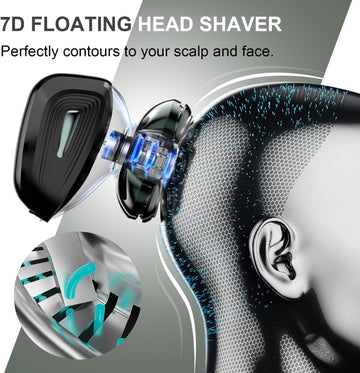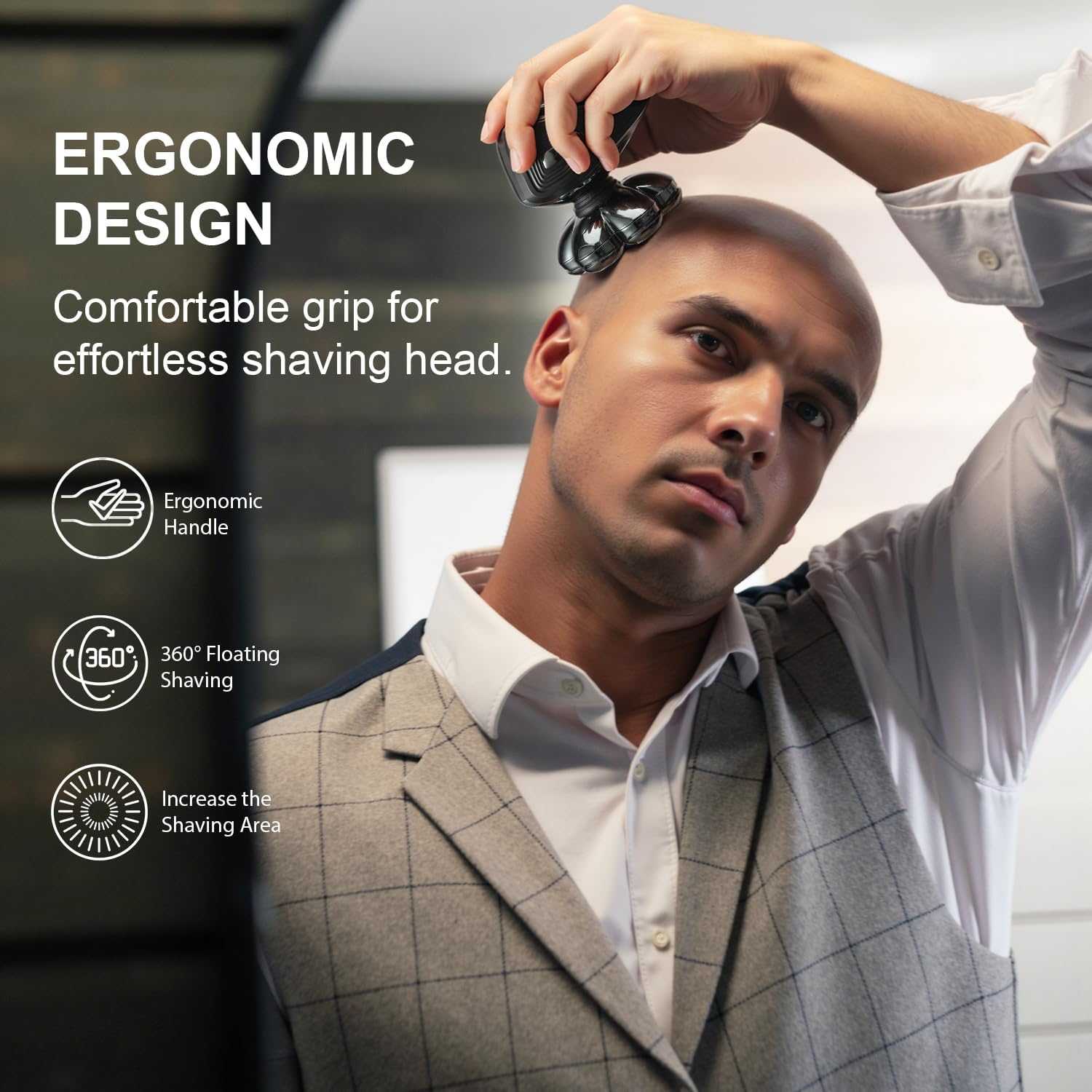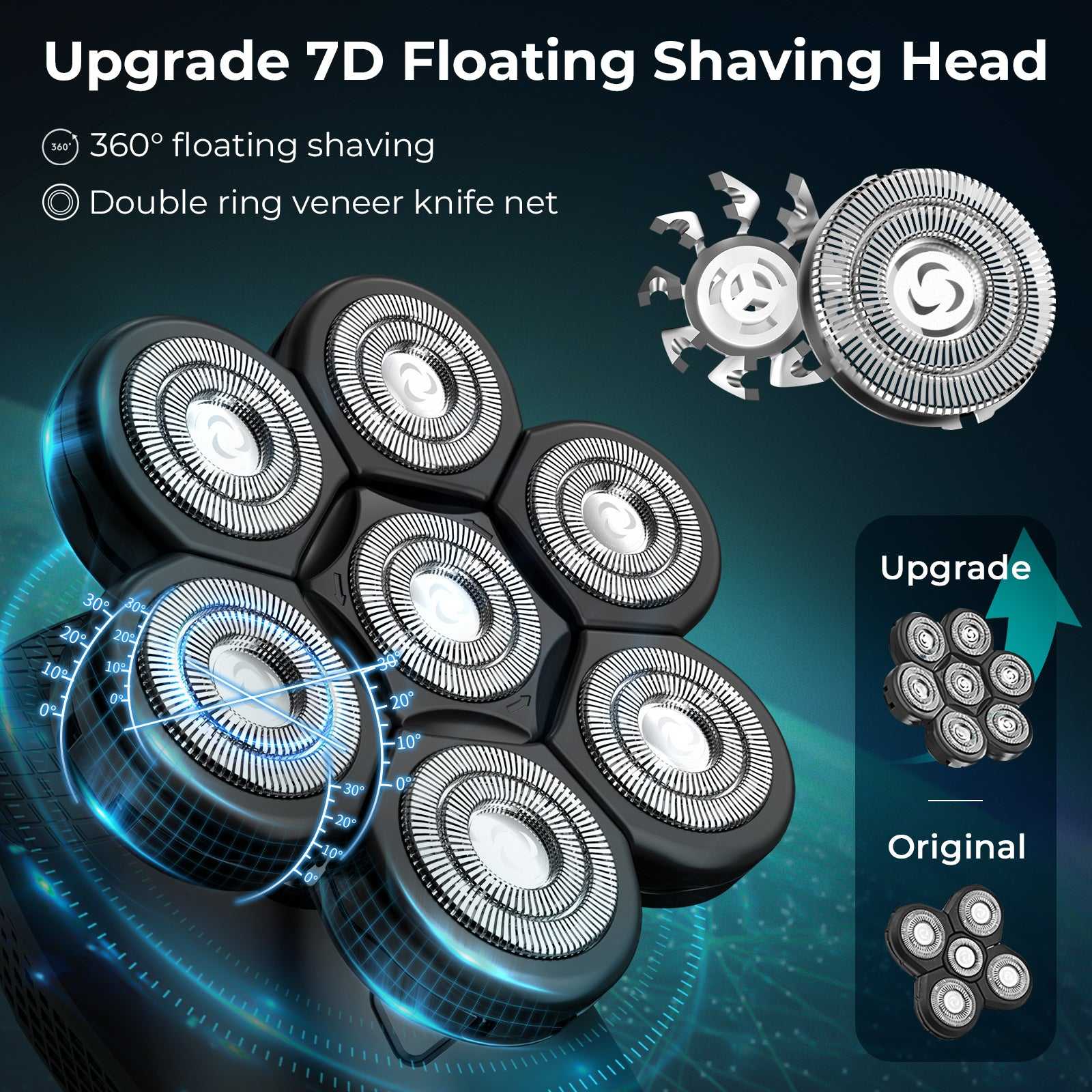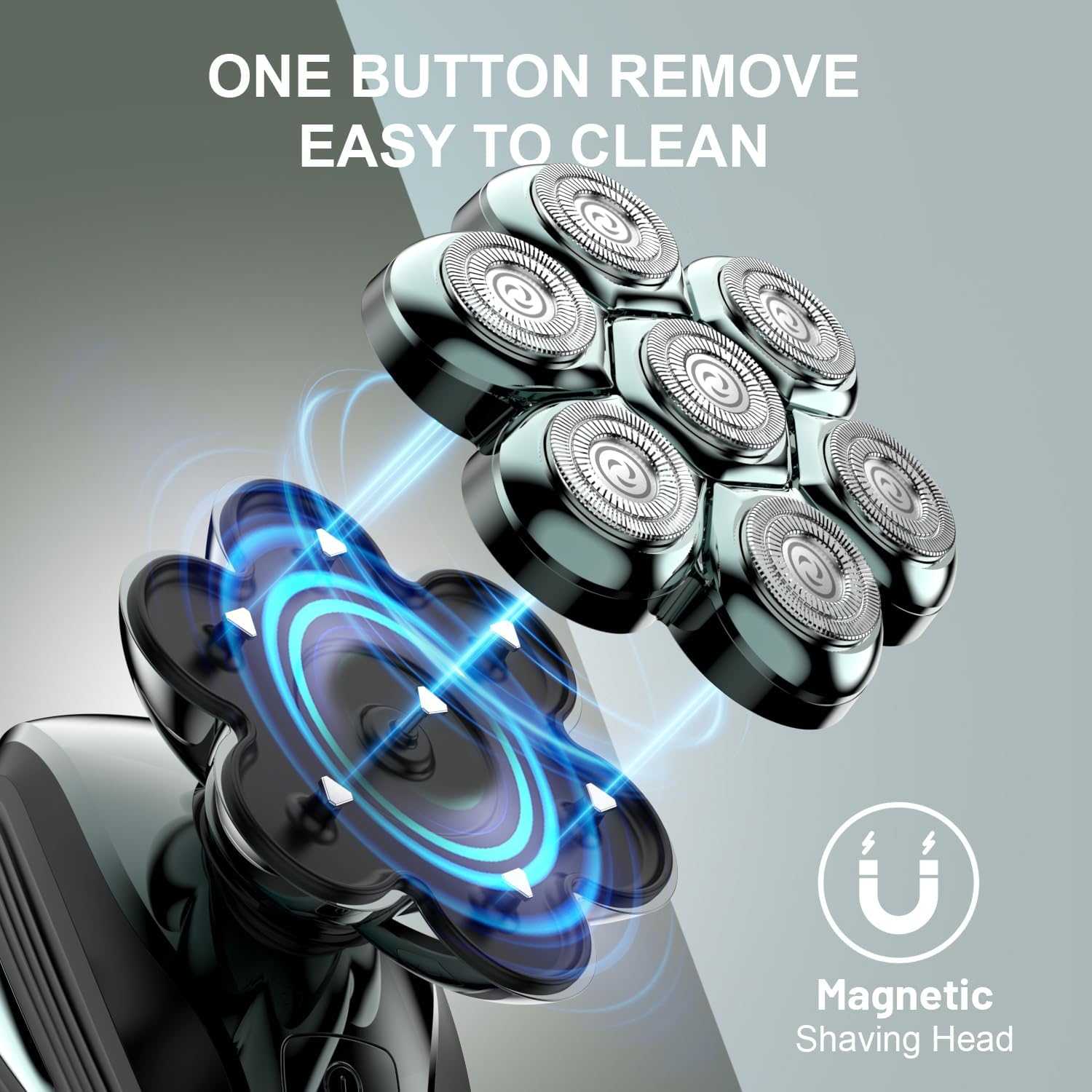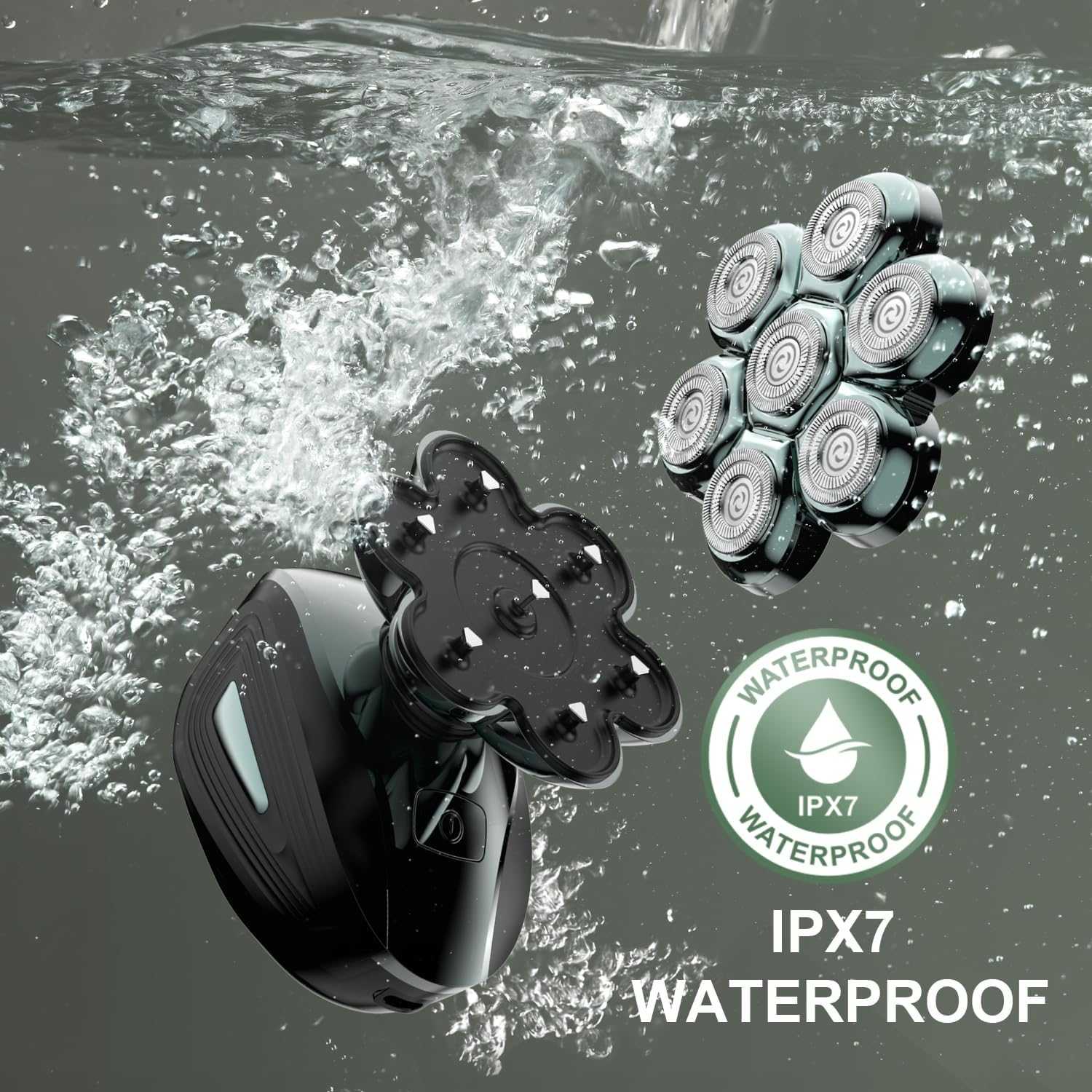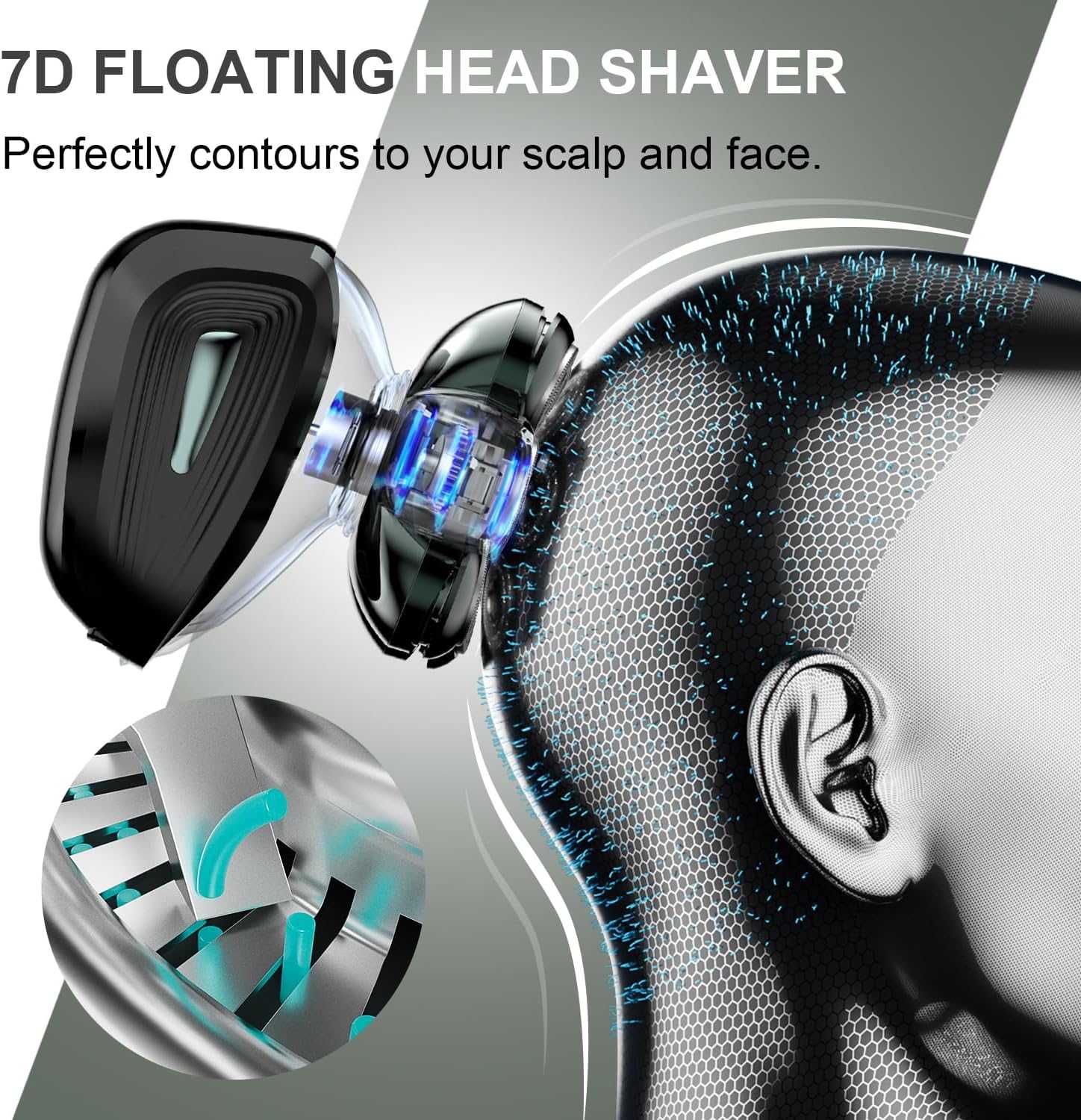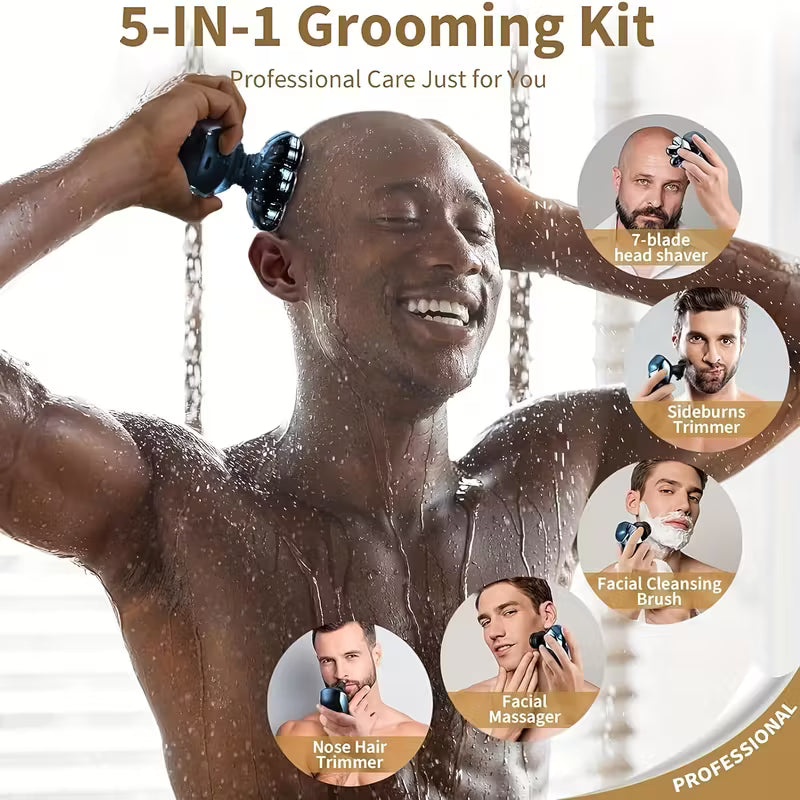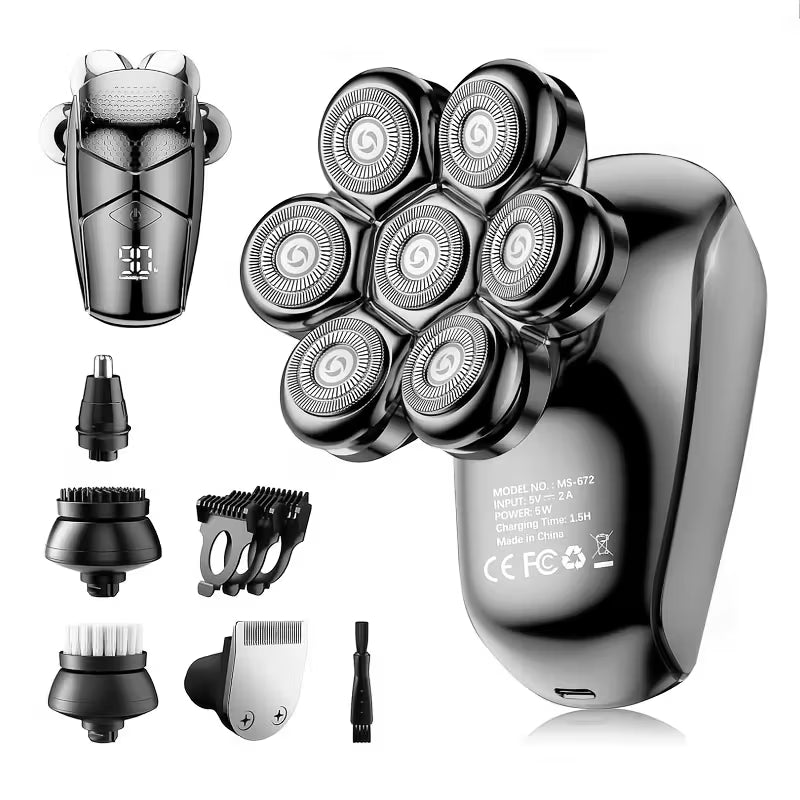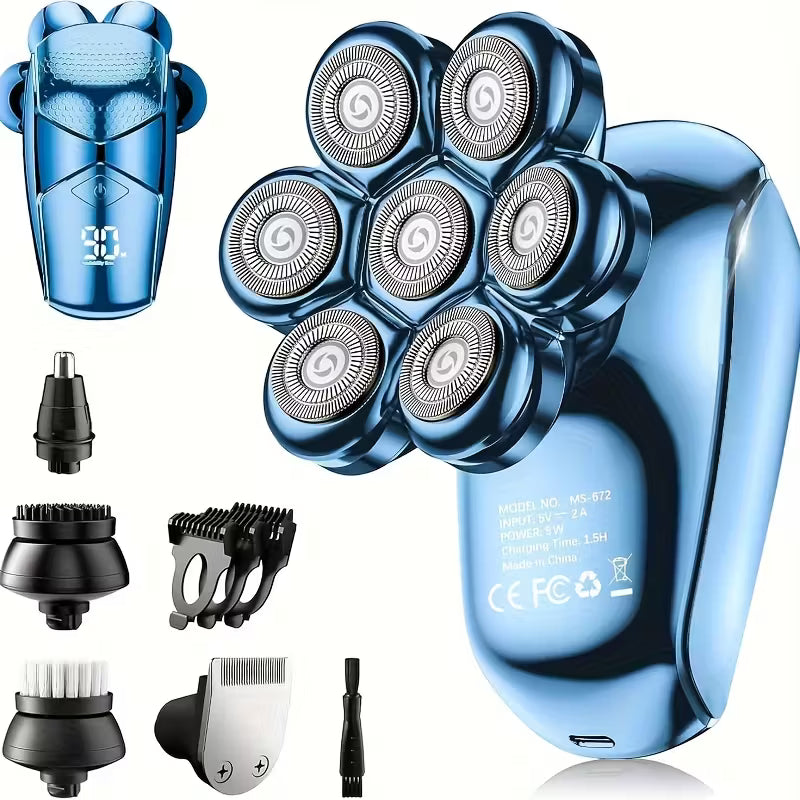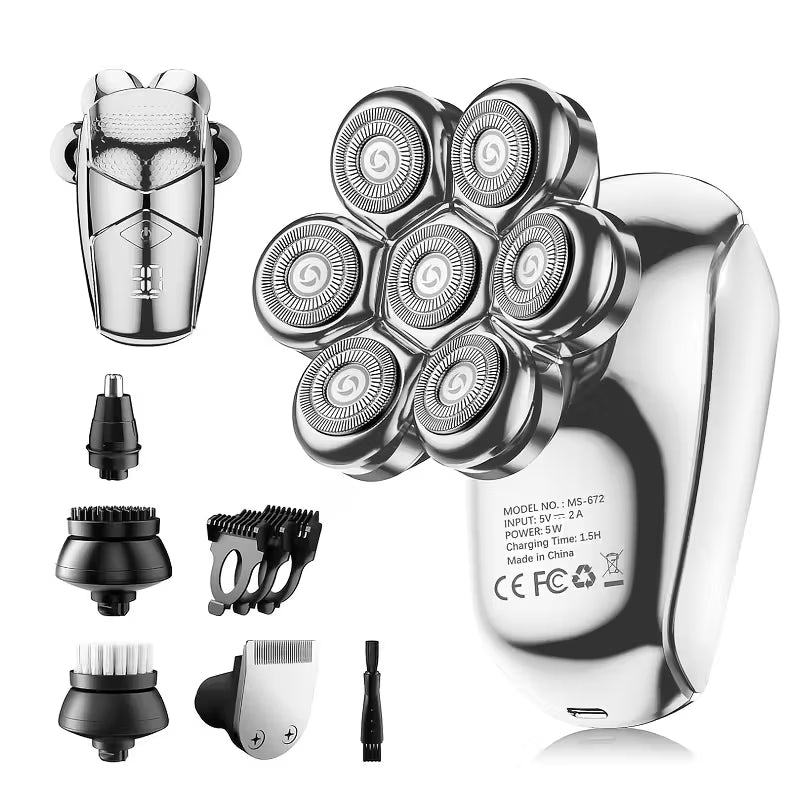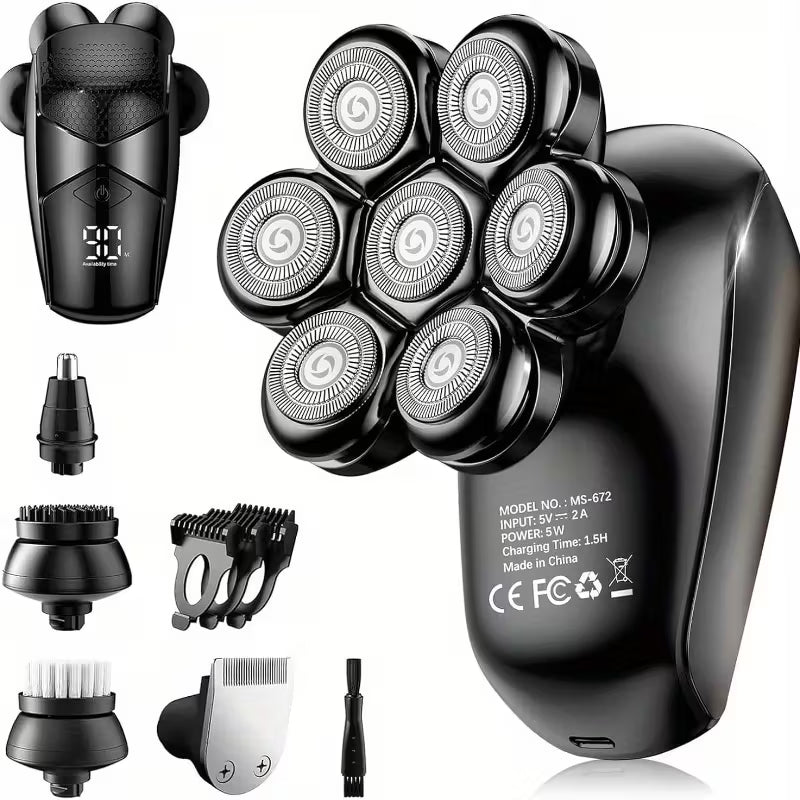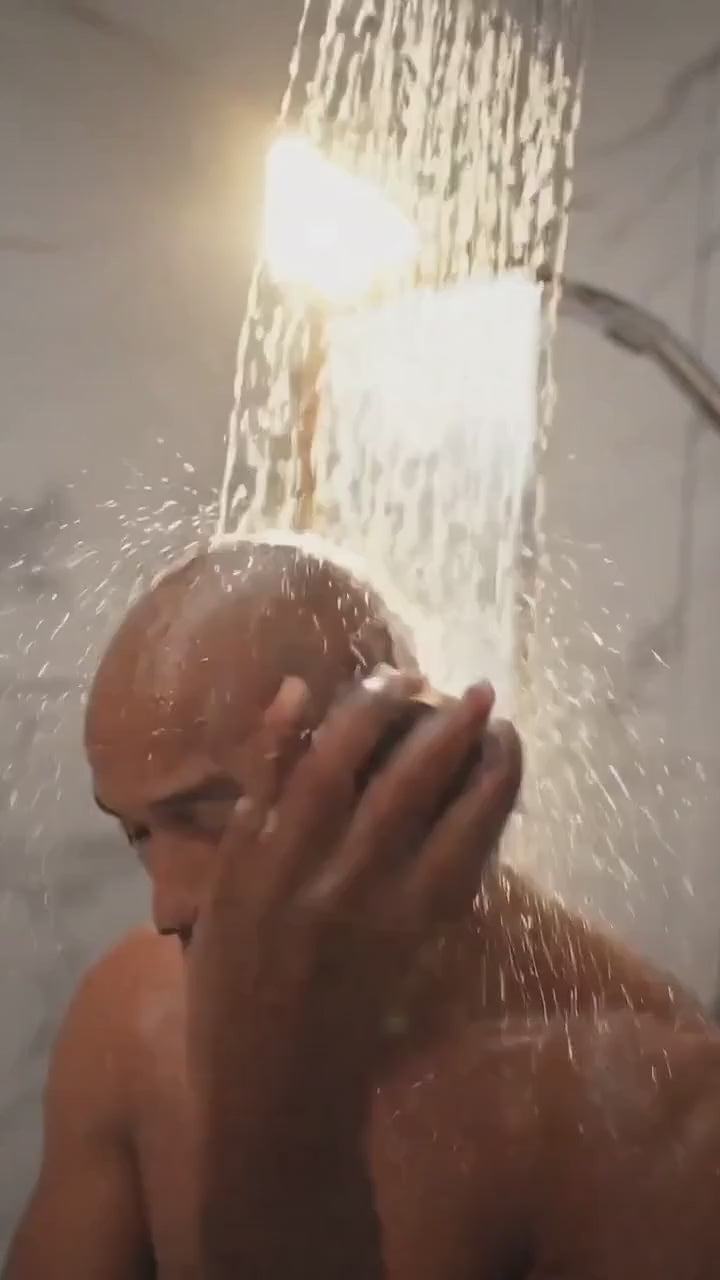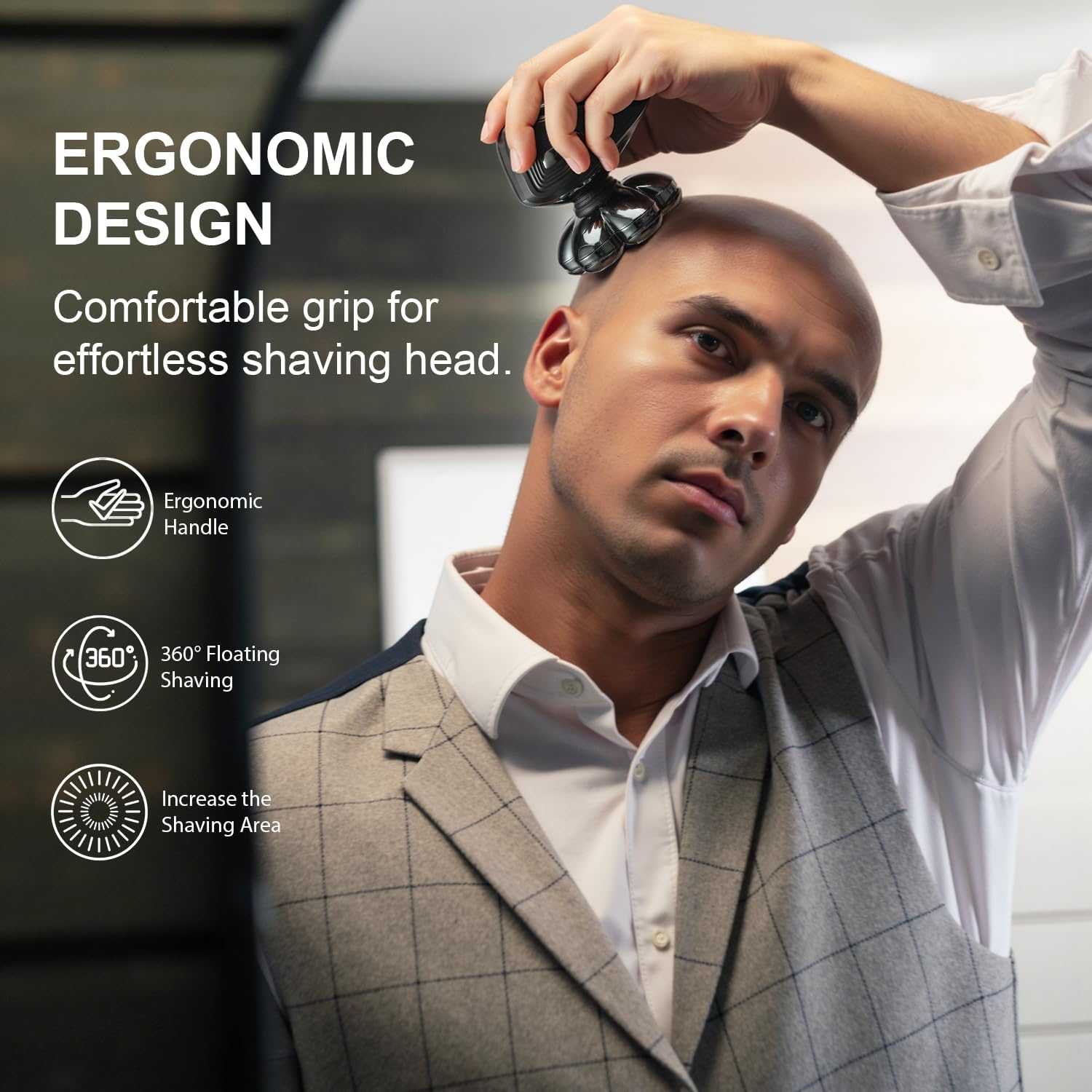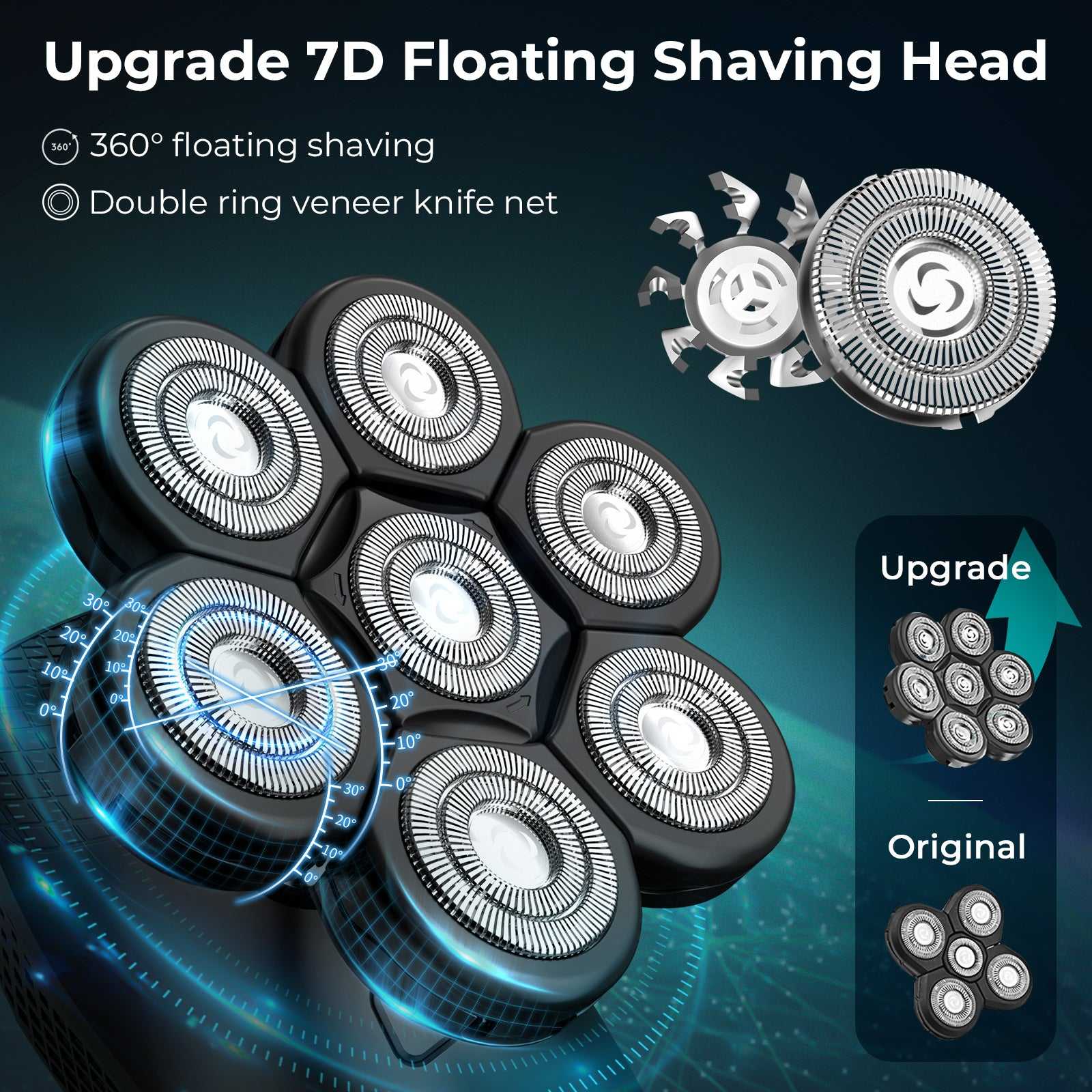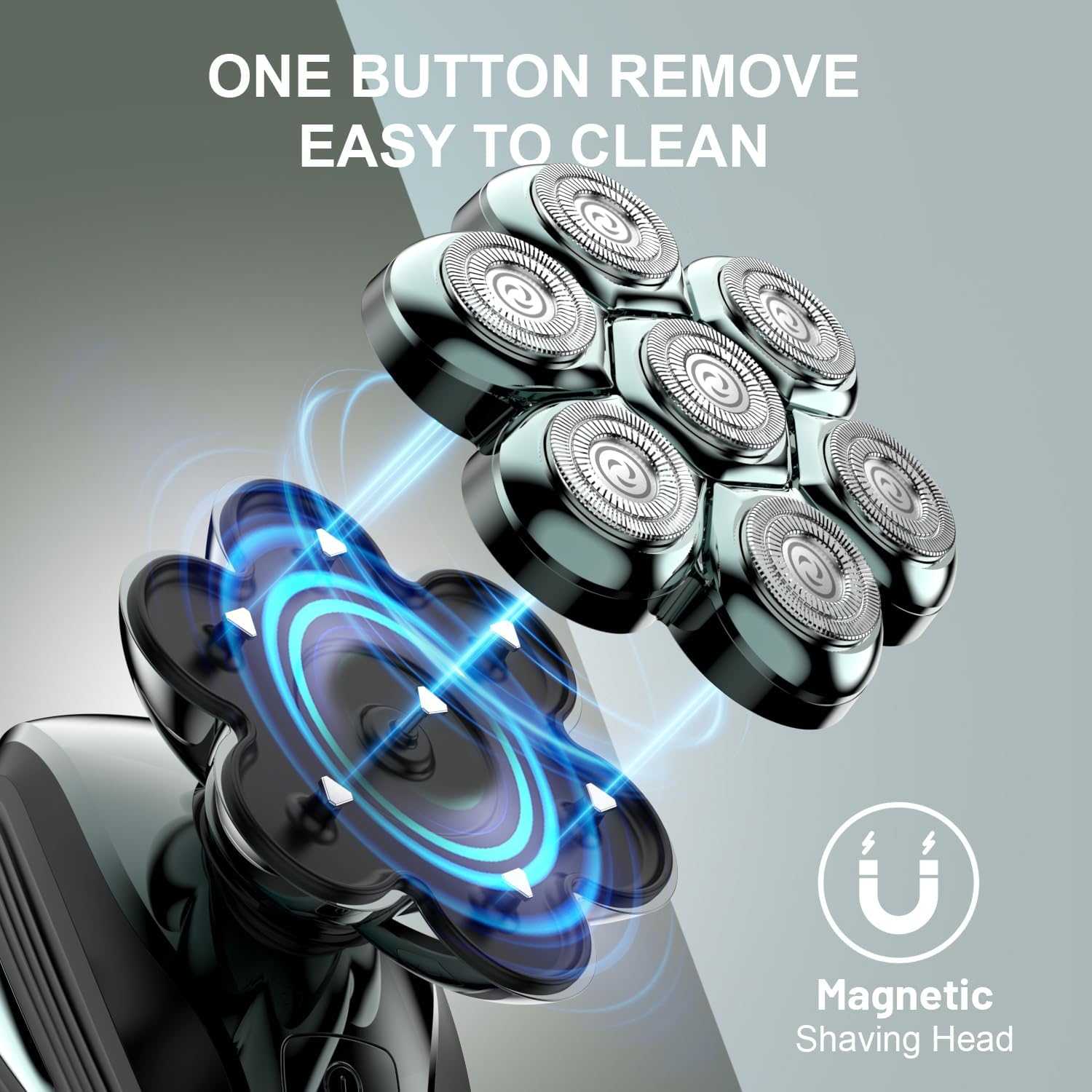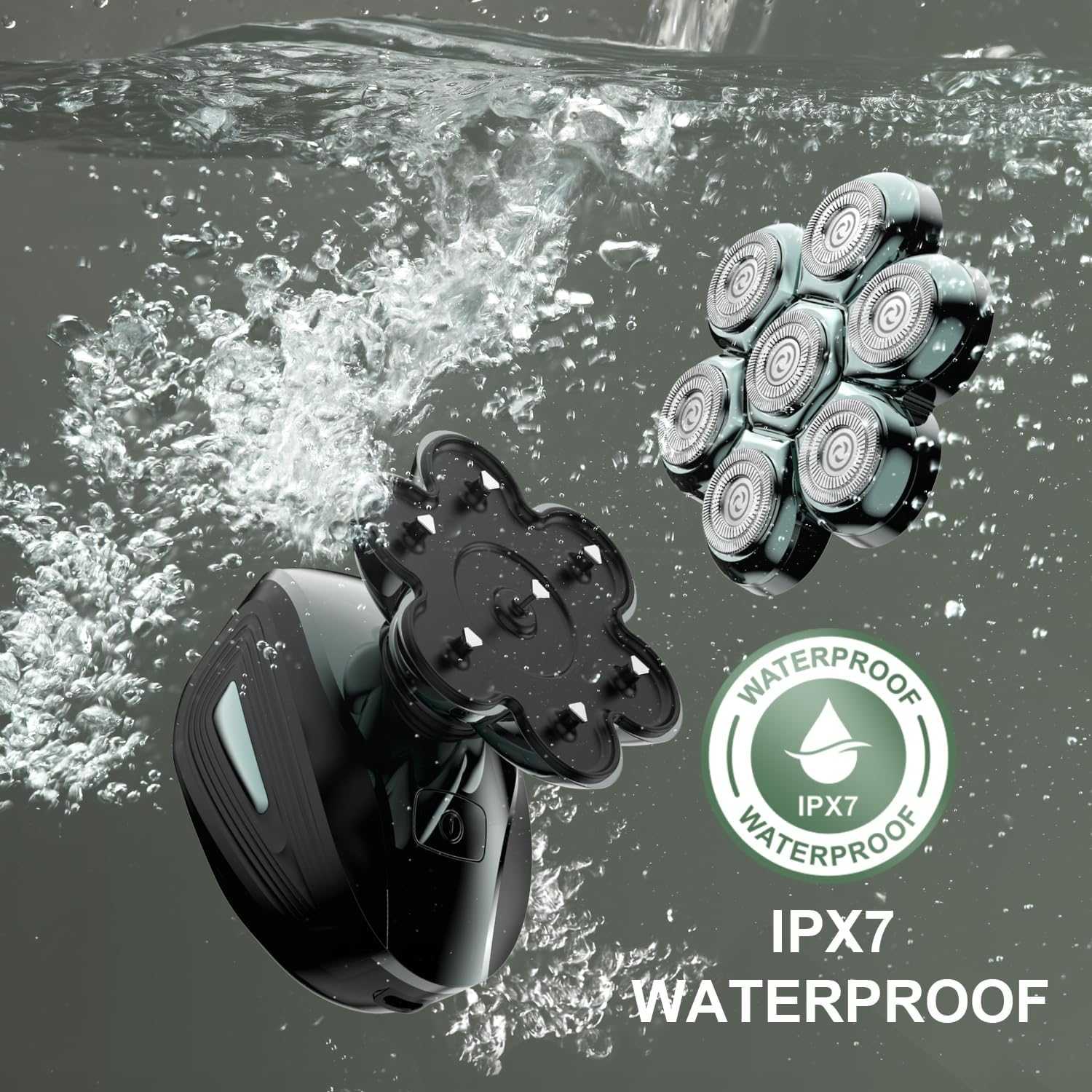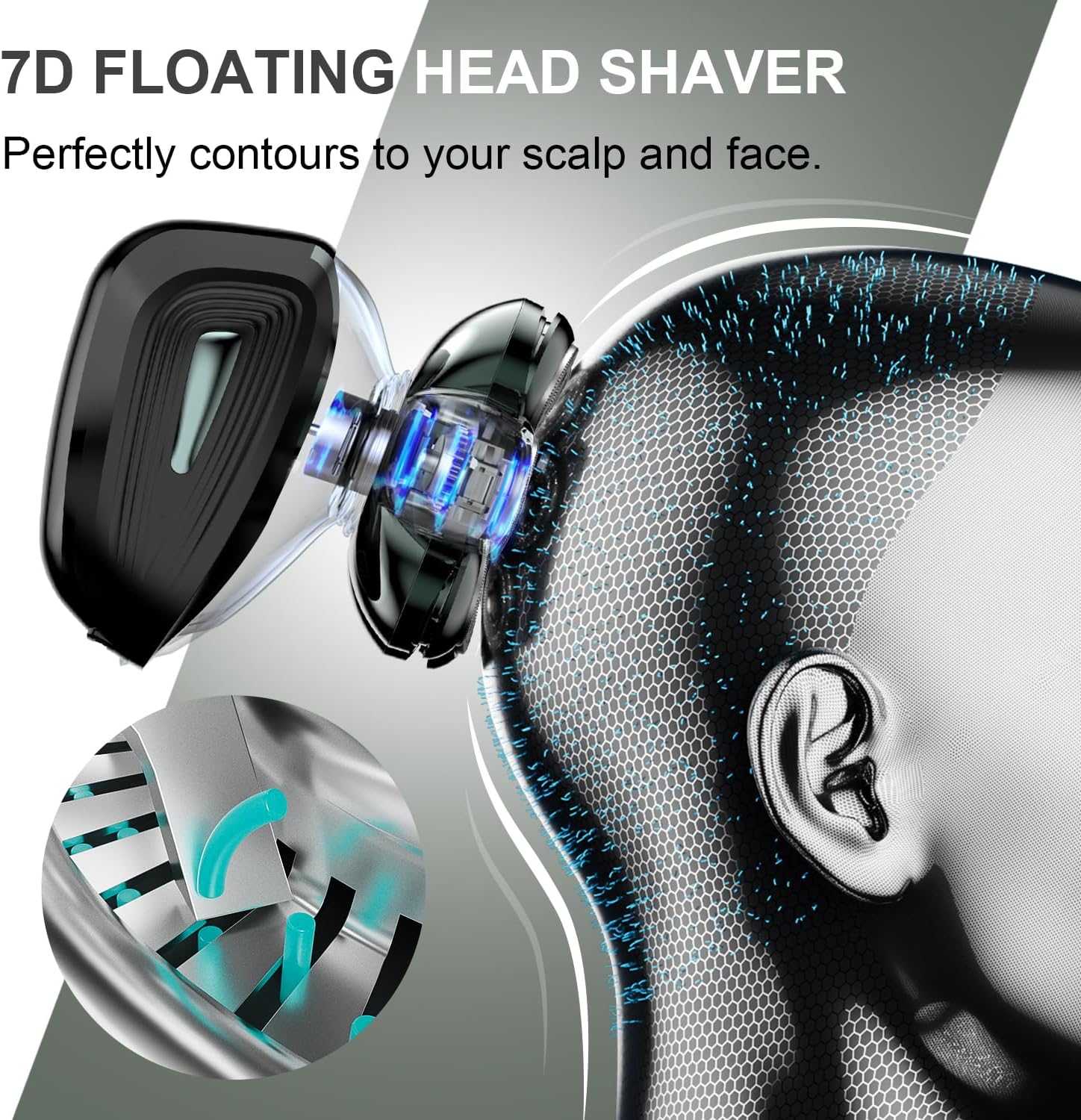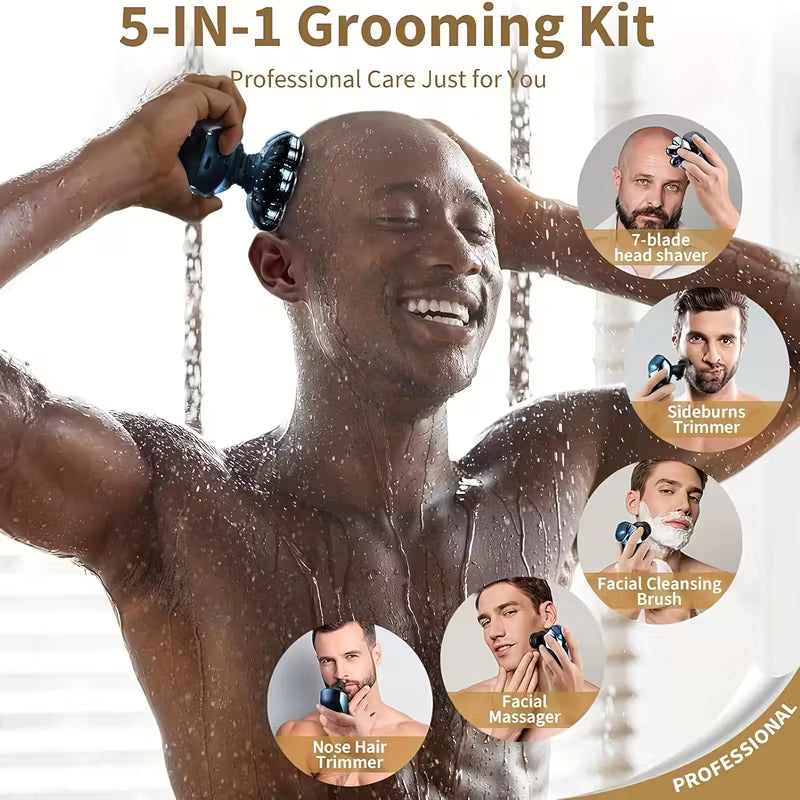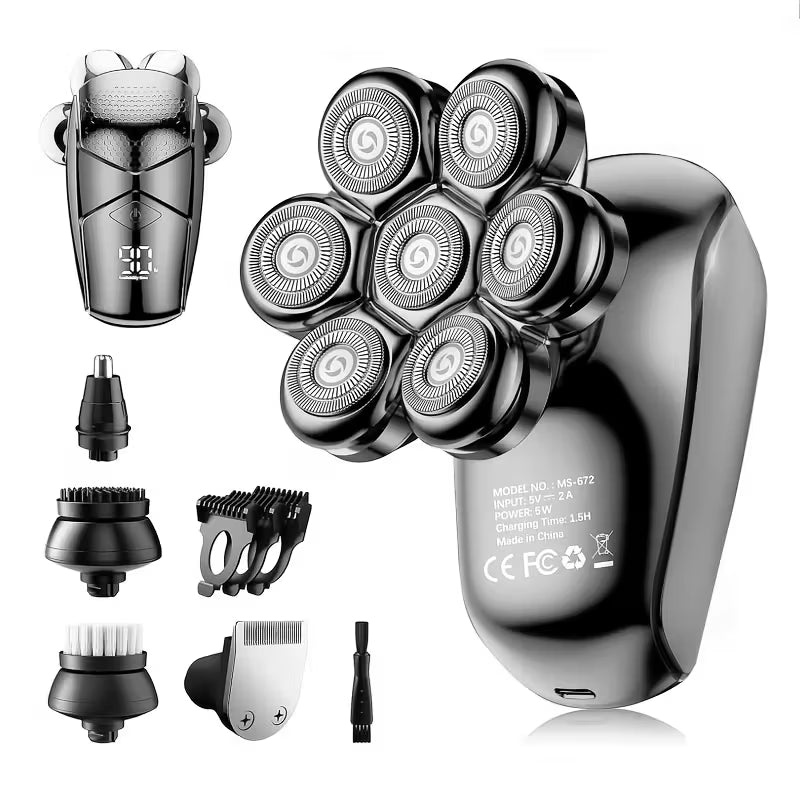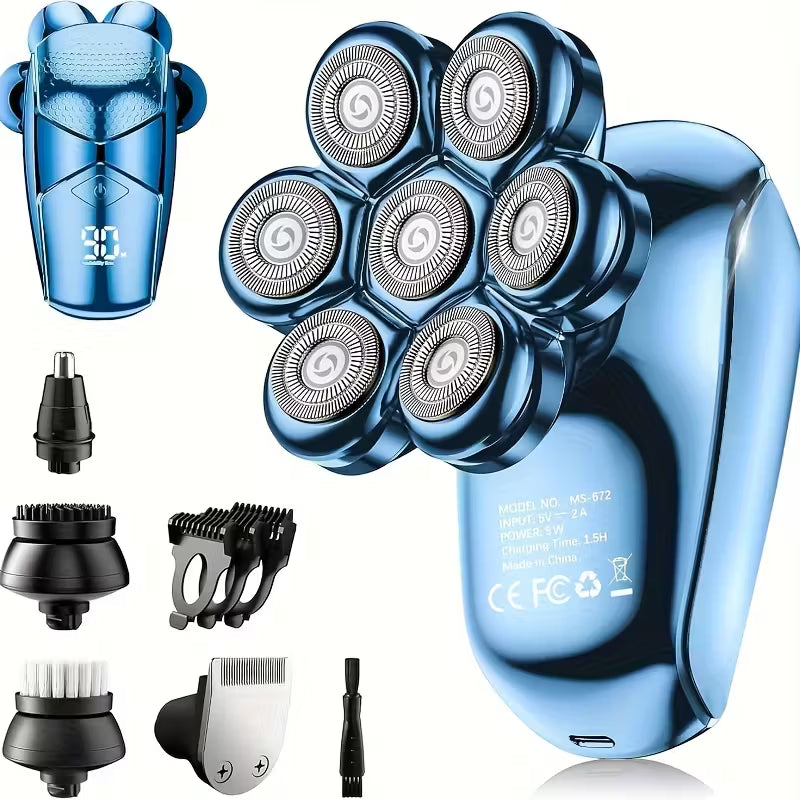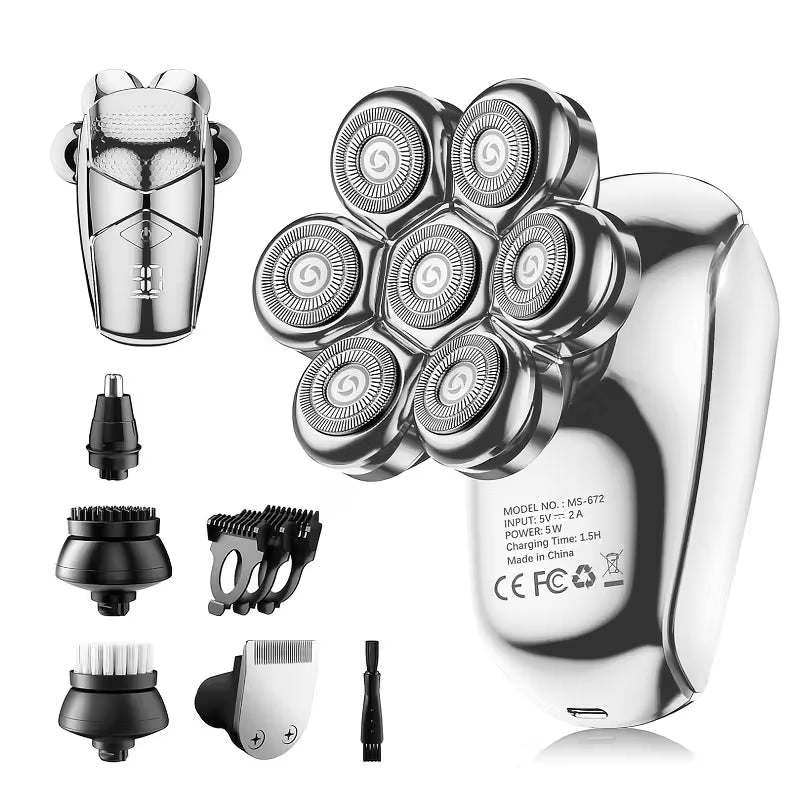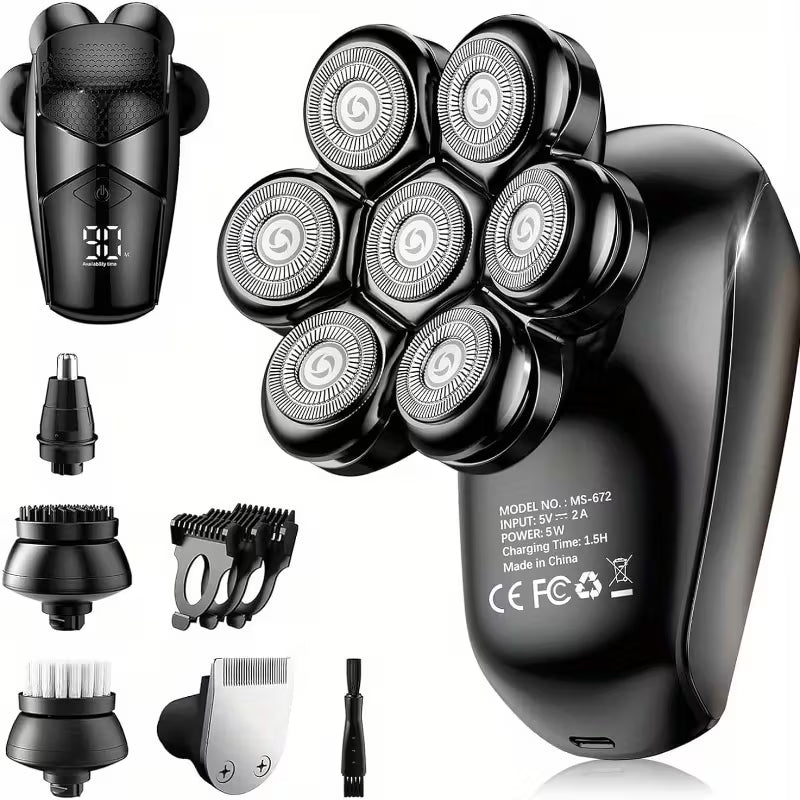So, you've decided to embrace the bald look? Welcome to the club! From Stubble to Smooth: A Beginner's Guide to Head Shaving. For many men, a clean-shaven head is a confident style statement and a practical solution to thinning hair. But before you grab just any razor, know this: achieving that smooth, irritation-free dome requires the right tools and techniques. This guide is your roadmap to electric head shaving success, helping you navigate the world of electric shavers, avoid common pitfalls, and achieve that coveted, stubble-free bald head.
The electric shaver market is booming, valued at $12.4 billion in 2024 and projected to reach $19.5 billion by 2034 [6]. That means lots of options, but also lots of potential for confusion. Don't worry, we're here to help you cut through the noise (pun intended!).
Why Electric Head Shaving?
Before diving into the how-to, let's address the "why." Electric shavers offer several advantages over traditional razors for head shaving:
- Reduced Irritation: The blades don't directly contact your skin, minimizing cuts, nicks, and razor burn].
- Convenience: Cordless models offer portability and ease of use, especially for reaching those tricky spots on the back of your head.
- Speed: Dedicated head shavers can complete a shave in as little as 2-5 minutes.
- Less Mess: Many shavers have built-in hair collection chambers for easy cleanup.
Choosing the Right Electric Shaver
Not all electric shavers are created equal. Selecting the right one is crucial for a comfortable and effective head-shaving experience. Here's what to consider:
-
Rotary vs. Foil:
- Rotary Shavers: Feature multiple circular cutting heads that pivot to follow the contours of your head. Ideal for coarse, dense hair and navigating tricky areas like the crown. Look for models with 5-7 independent rotary heads.
- Foil Shavers: Use oscillating blades behind a perforated foil. Best for fine to medium hair and achieving a close, smooth shave on flatter surfaces.
- Corded vs. Cordless: Cordless models, dominating 83.95% of the market in 2024, offer greater flexibility. Look for lithium-ion batteries with at least 60-90 minutes of runtime. Quick-charge features are a bonus.
- Wet/Dry Functionality: Waterproof shavers allow you to shave in the shower, softening hair and making cleanup easier. Wet shaving generally results in less irritation.
- Motor Power: Higher cutting speeds (14,000+ cycles per minute) are beneficial for coarse hair [23][43]. However, consistent power throughout the battery cycle is more important than peak performance.
- Head Flexibility: Shavers with multi-axis pivot systems that allow the cutting heads to move independently are more effective at maintaining contact with the scalp.
- Ergonomics: Dedicated head shavers have ergonomic handles designed for overhead use and better control.
Real-World Examples:
- The Skull Shaver Pitbull Gold Pro is a popular rotary shaver known for its ergonomic design and multiple cutting heads.
- The Panasonic Arc5 Palm is a foil shaver praised for its close shave and powerful motor.
- The Remington Balder Pro offers a good balance of performance and affordability.
Actionable Tip: Read online reviews and watch video demonstrations before making a purchase. Consider your hair type, skin sensitivity, and budget. The sweet spot for price and quality is generally between $60 and $120.
Pre-Shave Preparation: Setting the Stage for Success
Prepping your scalp is just as important as choosing the right shaver. Neglecting this step can lead to irritation and a less-than-perfect shave.
- Cleanse: Remove oils, dead skin cells, and product buildup with a gentle, pH-balanced cleanser.
- Exfoliate: Exfoliate 2-3 times per week to remove dead skin cells and prevent ingrown hairs. Use a gentle scalp scrub or a chemical exfoliant with AHAs or BHAs.
- Hydrate: Wet your scalp with warm water for 2-3 minutes to soften the hair. Shaving at the end of a warm shower is ideal.
-
Pre-Shave Lotion/Oil (Optional):
- Pre-Shave Lotion: Tightens skin and lifts hairs for a closer shave. Ideal for dry shaving.
- Pre-Shave Oil: Lubricates the skin and reduces friction. Best for wet shaving.
Actionable Tip: Experiment with different pre-shave products to find what works best for your skin.
The Shaving Process: Mastering the Technique
Now for the main event! Follow these steps for a smooth and comfortable shave:
- Light Pressure: Let the weight of the shaver do the work. Avoid pressing too hard, which can flatten hairs and cause irritation.
-
Stroke Patterns:
- Rotary Shavers: Use circular motions, overlapping slightly to ensure complete coverage.
- Foil Shavers: Use straight strokes against the direction of hair growth.
- Shaving Sequence: Start at the front hairline and work backward, then address the sides and back.
- Listen to Your Skin: Pay attention to any signs of irritation and adjust your technique accordingly.
Actionable Tip: If you're new to electric head shaving, start with a twice-weekly schedule and gradually increase frequency as your skin adapts.
Common Mistakes and How to Avoid Them
Even with the best shaver and technique, beginners often make mistakes that lead to irritation and frustration. Here are some common pitfalls and how to steer clear:
- Using Blade Shaving Techniques: Electric shavers require a different approach than blade razors. Avoid pressing too hard or making too many passes.
- Neglecting Cleaning: Clean your shaver after each use to remove hair clippings, dead skin cells, and oil. Disassemble and deep clean weekly.
- Skipping Lubrication: Lubricate the blades regularly to reduce friction and extend their lifespan.
- Improper Battery Care: Avoid overcharging or fully discharging the battery.
- Forgetting Sun Protection: Apply broad-spectrum sunscreen with SPF 30 or higher to your shaved head whenever you're outdoors.
Actionable Tip: Set a reminder on your phone to clean and lubricate your shaver regularly.
Post-Shave Care: Soothing and Protecting Your Scalp
Post-shave care is essential for maintaining a healthy and comfortable scalp.
- Rinse: Rinse your scalp with cool water to remove any remaining debris.
- Aftershave: Apply an alcohol-free aftershave to soothe and hydrate your skin.
- Moisturize: Apply a lightweight, non-greasy moisturizer daily to prevent dryness and flaking.
- Exfoliate (Between Shaves): Continue exfoliating 2-3 times per week to prevent ingrown hairs.
Actionable Tip: Choose post-shave products specifically designed for sensitive skin.
Troubleshooting Common Challenges
Even with the best care, you may encounter some challenges along the way.
- Razor Burn: Cool compresses and hydrocortisone cream can help alleviate razor burn.
- Razor Bumps: Shave in the direction of hair growth, exfoliate regularly, and consider using an electric shaver designed for sensitive skin.
Actionable Tip: If you experience persistent skin irritation, consult a dermatologist.
Conclusion: Embrace the Smooth
Electric head shaving is a convenient and effective way to maintain a clean-shaven look. By choosing the right shaver, mastering the technique, and following a consistent pre- and post-shave routine, you can achieve a smooth, irritation-free scalp. So, ditch the stubble and embrace the smooth!
Ready to take the plunge? Browse our recommended electric shavers for bald heads and start your journey to a confident, clean-shaven you! Share your experiences and tips in the comments below!
Remember: As we head into the cooler months of October, don't forget that even though the sun might feel less intense, UV rays can still damage your scalp. Keep that sunscreen handy!

